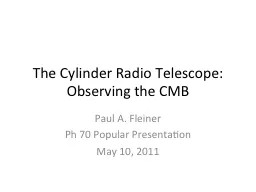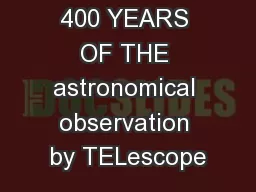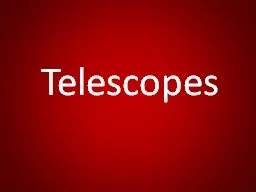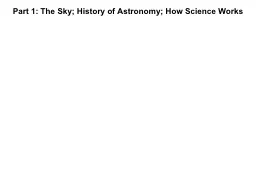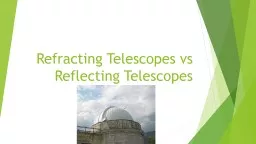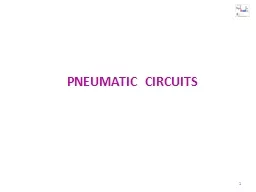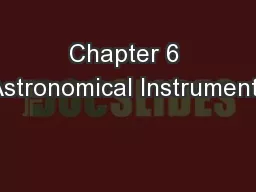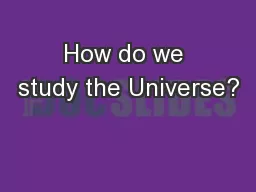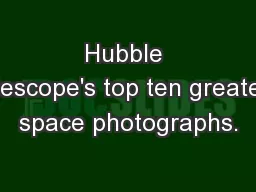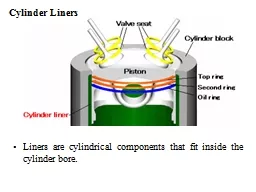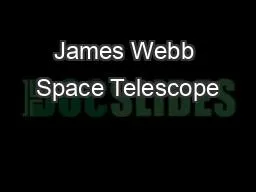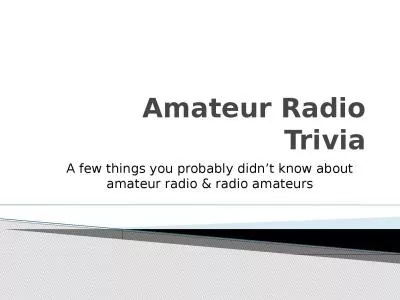PPT-The Cylinder Radio Telescope:
Author : trish-goza | Published Date : 2016-03-13
Observing the CMB Paul A Fleiner Ph 70 Popular Presentation May 10 2011 Outline Radio Astronomy 21cm Baryon Acoustic Oscillations BAOs Cylinder Telescope Prototype
Presentation Embed Code
Download Presentation
Download Presentation The PPT/PDF document "The Cylinder Radio Telescope:" is the property of its rightful owner. Permission is granted to download and print the materials on this website for personal, non-commercial use only, and to display it on your personal computer provided you do not modify the materials and that you retain all copyright notices contained in the materials. By downloading content from our website, you accept the terms of this agreement.
The Cylinder Radio Telescope:: Transcript
Download Rules Of Document
"The Cylinder Radio Telescope:"The content belongs to its owner. You may download and print it for personal use, without modification, and keep all copyright notices. By downloading, you agree to these terms.
Related Documents

